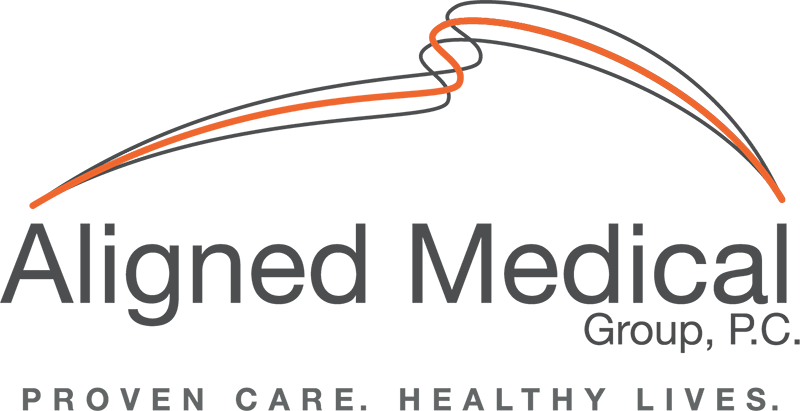Whiplash Injuries Treatment In Malvern, PA
Causes of Whiplash Injuries
The most common cause of whiplash injury is a motor vehicle accident, particularly when struck from behind. Other acute injuries such as a collision in a contact sport or a blow to the head can cause whiplash. Chronic neck strain activities, such as holding the phone on one shoulder, are sometimes considered non-acute causes of whiplash. Whiplash injury occurs from rapid change of speed.
How Whiplash Injuries Happen
Whiplash injuries are most commonly associated with car accidents. Despite common beliefs, the speed of the involved vehicles does not necessarily determine the severity of whiplash injury. A whiplash injury is caused by the sequential occurrence of four specific phases. In the example of a rear-end automobile accident, the four phases are as follows: First, when a vehicle is rear-ended, the torso is forced back into the seat. This causes straightening and compression of the neck (cervical spine) and extension of the head and neck. In the second phase, the seat acts as a springboard, jolting the torso forward as the head and neck extend towards the headrest. The third phase sees both the head and torso thrown forward. In the fourth and final phase, the seatbelt and shoulder harness stop the torso while the head continues flexing forward until it finally comes to rest, snapping back up to the headrest. This series of events can place an extraordinary amount of strain on the joints and muscles of the neck and down to the lower back. Symptoms of a whiplash injury may arise immediately after the event or they may be delayed and not become noticeable for hours or days. Generally, the sooner symptoms arise, the more serious the injuries. Recent studies have shown that in low speed collisions (less than 7 miles per hour), when the bumper is not crushed, the completely elastic collision of the vehicles is much more damaging to the neck. You are best protected by driving a heavier vehicle, less subject to rapid change of speed during a collision.
 Symptoms of Whiplash Injury
Symptoms of Whiplash Injury
Symptoms of whiplash are most common in the neck, but may be felt in the head, shoulders, arms and hands, or even lower back. Symptoms include pain, soreness, limited range of motion, stiffness, and spasms of the muscles on the back and sides of the neck. Headaches, pain, numbness and/or tingling in the shoulders, arms and hands can also indicate a whiplash injury. Oftentimes, there is no pain, or minimal pain, immediately following a whiplash injury which increases over 2-5 days. Sleep may be difficult with restlessness and soreness. Dizziness, short term memory problems, anxiety and sleeplessness are common.
Whiplash Injuries Treatment
After whiplash injury resulting from a car accident or otherwise, joints may tighten, muscles tighten or spasm and posture is altered. Early whiplash injury treatment is critical to recover whiplash injury and minimize permanently altered restriction and posture. Your brain essentially resets your nervous system and posture in a guarding mechanism. Using ice or cold compress help ease symptoms and control initial inflammation. Patients are encouraged to avoid painful activity but move frequently and actively move areas injured through full range of motion. Gentle chiropractic care and massage are important to get tight joints and muscles to release and to reduce pain. There are various supplements, both oral and topical, that help with pain, healing and inflammation. Some patients benefit from anti-inflammatory medication, steroids or muscle spasm medication.
At Aligned Medical Group, we always begin with a thorough interview and exam, and we oftentimes order X Rays or other diagnostic testing. Understanding exactly how the whiplash injury occurred is important, whether from a car accident injury or sports injury or other cause, along with limitations, ranges of motion and how normal activity is affected. Our goal with whiplash injury treatment is to get you back doing the things important to you, as quickly as possible.
Whiplash injury is the same as sprain or strain injury. With this type of injury, tissues heal with scar tissue. Scar tissue is not as elastic as your muscles and ligaments so hands on care and home stretching and exercise are important on a regular basis. Whiplash injury treatments such as trigger point injections (injections to calm muscle knots) are beneficial, along with Graston Technique (hands-on instruments which glide over tight and scarred areas for mobility).
With a more severe whiplash injury, spinal discs may be damaged, torn or herniated. Spinal decompression therapy is proven to help heal damaged discs. Decompression is a traction-like device that gently and rhythmically distracts your neck to pump your discs with negative pressure. With varied pressure, pumping negative to positive, back and forth, discs will exchange nutrition, waste and inflammation so they may heal.
Most importantly, regardless if symptoms are mild or severe, early hands-on whiplash injury treatment is most important for a good long term outcome. Some people feel great after a few weeks and others may need a year of care to restore normal function. Contact us to learn more.


